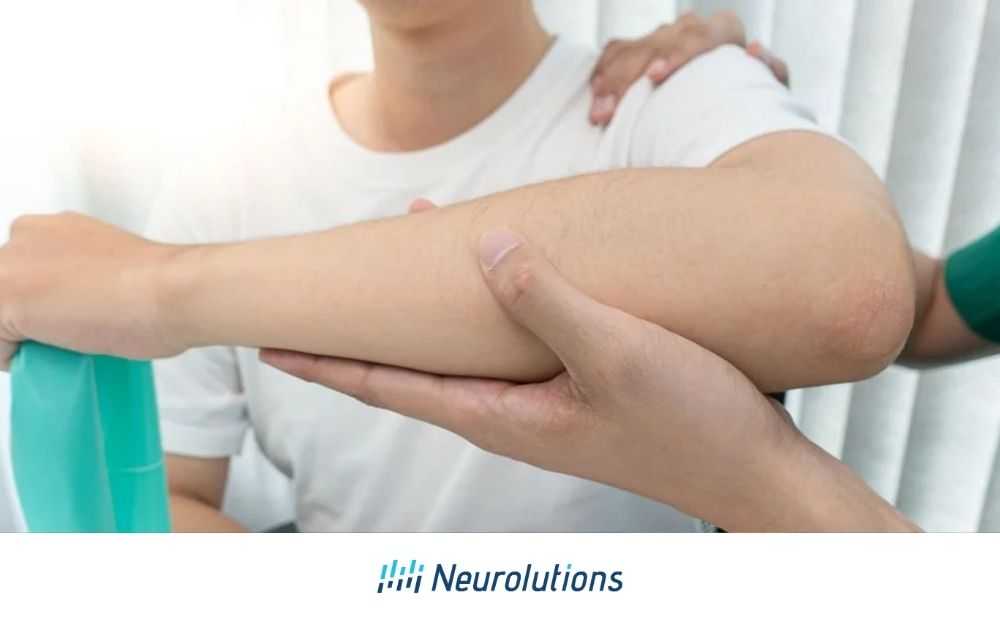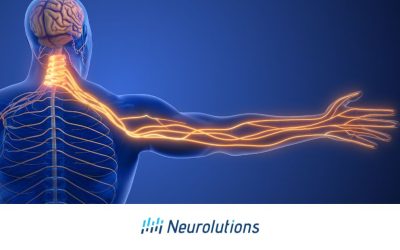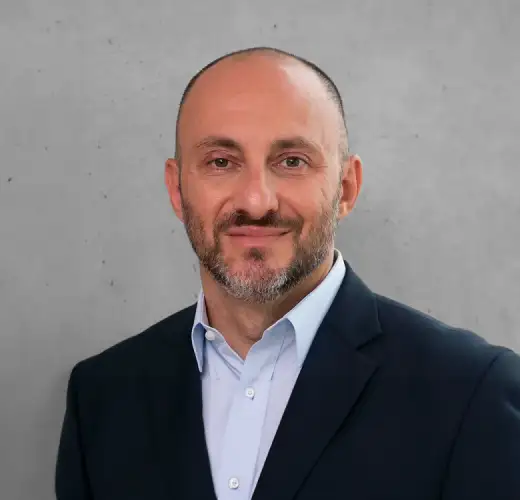What is Occupational Therapy
Occupational therapists (OTR) are part of your healthcare team, helping to achieve goals to remain independent in activities of daily living (ADLs), instrumental activities of daily (IADL), and arm function if this has been affected by stroke. Throughout your rehabilitation journey, you may see several different therapists based on your needs and physical location of services. Your occupational therapist may see you in the hospital once you are medically stable, in in-patient rehabilitation, in your home, or at an outpatient or community-based practice in later stages of recovery.
Is Seeing an OTR Important After a Stroke?
Occupational therapy plays an important role in your rehabilitation and recovery process following a stroke. After a stroke, you may experience a wide range of deficits that have a significant impact on your everyday life. These challenges can range from mobility difficulties and muscle weakness to cognitive changes, changes in vision, sleep and energy levels, or emotional shifts. Occupational therapists often collaborate with physical therapists and speech therapists to assess and treat the variety of challenges you may be facing.
How Occupational Therapy Helps After a Stroke
Your occupational therapist can work with you in a variety of ways to help you overcome the deficits you have encountered since the stroke that have caused challenges in your prior routine. Three common approaches are described below:
Adaptive or Compensatory OT Approach:
The Occupational Therapist may help you learn how to complete difficult tasks in a different way using an adaptive strategy or creative technique. An example of this is using magnetic shoe fasteners rather than tying a traditional shoelace for those who experience strength and coordination problems in their weaker hand.
Restorative/Rehabilitative OT Approach:
The Occupational Therapist will work with you on restoring and recovering what is not functioning as well after your stroke. By using customized exercises, meaningful tasks, and neuro-rehabilitation techniques, the Occupational Therapist provides interventions that revolve around healing the brain and rebuilding neural pathways. Additionally, the Occupational Therapist will use smart technology and devices in your program to accelerate the process of recovery and brain healing.
Therapeutic Activity OT Approach:
The hallmark of occupational therapy includes participation and engagement in meaningful activity, or “occupations.” Each stroke survivor’s life circumstances and motivations are unique, just as no two strokes are the same. Through empathic listening, the Occupational Therapist works with you in a partnership to learn what matters to you. The Occupational Therapist then incorporates individualized and relevant activities in your care. Literature supports that meaningful activities can be beneficial and therapeutic in the recovery process after stroke.
What Should I Expect When First Meeting My Occupational Therapist
The first time you meet with your occupational therapist, he or she will complete an initial evaluation to best assess what may be beneficial to your stroke recovery. After the initial evaluation, an Occupational Therapist may do the following:
- Adapt activities to make the activity achievable. This may be things such as placing a raised toilet seat or bedside commode over your toilet to make it easier to use or providing elastic shoelaces if your hand function has impacted your ability to dress.
- Teach you strategies in achieve tasks such as one-handed dressing techniques or using an electric toothbrush to help meet your hygiene need
- Help provide guidance or assistance in obtaining equipment such as a walker, wheelchair, orthotics, or new technologies to assist in recovery
- Address arm use through a variety of activities which may include the use of the following but are not limited to: movement exercises such as passive range of motion (PROM), active range of motion (AROM), active-assisted range of motion (AAROM), stretching, use of motor imagery, neuro-rehabilitation techniques (constraint-induced movement therapy, mirror therapy, e-stim, or brain control interface technology) and splinting
- Address functional mobility and home modifications
- Instruct strategies to help with movement and recovery
- Advise on the ways to return to work, the community, or driving
- Assist management of long term needs and modifications
Early assessment is vital to address needs throughout your continuum of care as this may continue to change over time but can also be addressed whenever you feel seeing an occupational therapist can be beneficial to your recovery.
What Do I Need to Tell My Occupational Therapist?
The Occupational Therapist must understand your goals, routines, hobbies, and your environment to maximize your independence. Together you will set your goals and your occupational therapist should work with you to tailor your treatment to meet your individual needs.
Your Occupational Therapist will continue to monitor and measure your gains by a variety of assessments but also by breaking down each task you do to make it achievable to then lead to greater independence. Your occupational therapist can also work with your family, friends, or caregiver to help teach you the best ways to assist you in your recovery.
In many cases, it is helpful to seek out opportunities that provide you with social stimulation, enriched environments, and opportunities to talk to others who are sharing a similar experience in a stroke support group.
How Long Will I Need To Do Occupational Therapy
As therapy aims to meet your set goals, this often takes place in an agreed time frame based on a variety of reasons such as length of time since your stroke, the severity of deficits/needs, or insurance limitations but can be adjusted depending on your goals and progress, especially once you reach the chronic stroke phase. At times, if your progress has plateaued, you and your therapist may agree to end therapy.
When your therapy has ended, the therapist will discuss reasons with you and also come up with a discharge plan for you to continue to work on at home outside of structured therapy. This may include a combination of exercises and activities that you can do in your home or potentially out of the home (e.g. community exercise class).
It is not uncommon to receive referrals during or after your therapy time for additional services that specialize in understanding the needs of those who have had a stroke, such as vision specialists, pain management experts, counselors, or driving rehabilitation specialists.
Should I Start Seeing An Occupational Therapist Now?
If you have experienced a stroke, you should be assessed by an occupational therapist. If you have not been provided resources on how to obtain therapy services, speak with your doctor or care coordinator to help you find a therapist who can help with your stroke recovery. You can also contact your local health department or hospital to help guide your services. In some areas, you may be able to refer yourself and then the OT can obtain a prescription from your physician.
Are There Qualified Occupational Therapists Near Me?
Check that your occupational therapist is qualified to treat individuals who have had a stroke and has the resources/tools in their facility to help you make the gains you desire. If the Occupational Therapist you are working with is not familiar with stroke rehabilitation and technologies, they may be able to help find you, someone, locally to you that is familiar with his level of care.
Please feel free to reach out to info@neurolutions.com if you are requiring help to find a local therapist.





